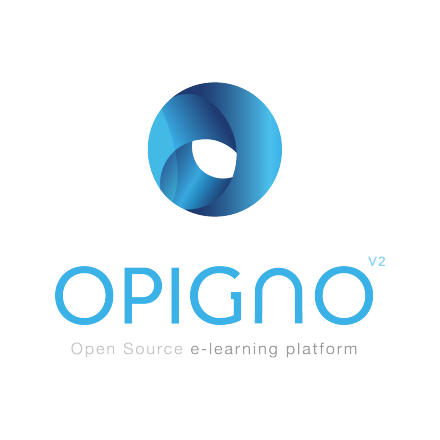Basically the environment will consist of an Application Load Balancer (ALB), two or more Elastic Compute Cloud (EC2) instances, an Elastic File System (EFS), and a Relational Database Service (RDS) instance. The EFS provides shared file storage for the EC2 instances to access, while the RDS instance provides the MySQL database that Drupal will use, and the ALB distributes incoming web traffic to the EC2 instances. It is critical to understand that each of these components will bet setup with redundancy and fail-over capability across two or more Availability Zones (AZs) in a single AWS Region.
Source: Setup Drupal 10 with High Availability in AWS Linux 2023 | SYSOPS GUIDE
Article gives a good basic starting setup getting Drupal up and running in AWS and leveraging AWS tools. I will be interested in seeing how it scales.


